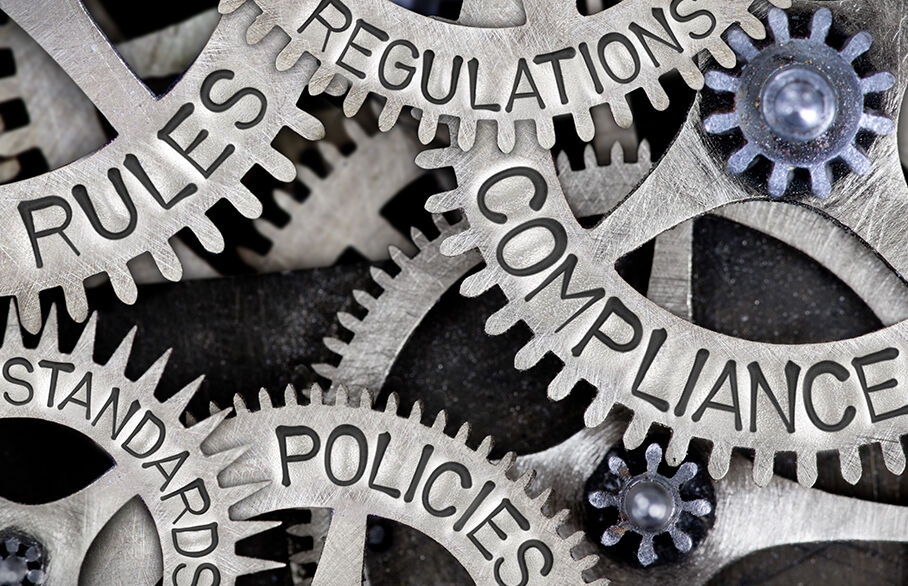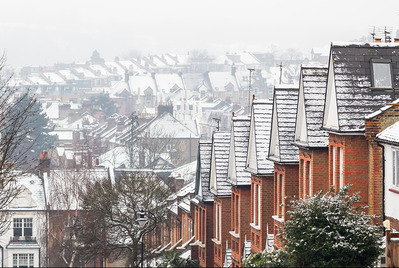
If your rented property has an open fire or wood-burning stove with a chimney, you have certain legal obligations to make sure they’re maintained in safe working order.
However, because every source of fire in the property increases the safety risk for your tenants (and your property), we think it is worth going over and above the minimum legal requirements.
Here is a round-up of your legal obligations and the extra steps you should take to protect your tenants’ health and safety.
Fire safety
For a single-let property, you must:
- Ensure all furniture you provide meets fire safety standards
- Install a working smoke alarm on each floor (Scotland: also one alarm in the room most commonly used during the day and the alarms must be ceiling mounted, mains powered and interlinked)
- Ensure tenants have access to clear escape routes
However, when you have a working fire, it’s good practice to also:
- Provide tenants with a fire guard
- Have a multi-purpose fire extinguisher in the room
- Ensure that the windows allow for tenants to escape through them in case the doorway is blocked
- Install fire doors in the property
Carbon Monoxide (CO) alarm
In any room that has a solid fuel burning appliance, you must install a carbon monoxide (CO) alarm and check that it’s in proper working order at the start of the tenancy. As with smoke alarms, if the tenant reports a fault during the tenancy, you must have repairs made as soon as possible.
Who is responsible for sweeping the chimney: the landlord or the tenant?
Before a tenancy begins, you as the landlord must make sure that chimneys and flues are not obstructed and are providing proper ventilation.
When it comes to sweeping during the tenancy, you can legally pass the responsibility on to your tenants by putting a clause in in the tenancy agreement.
However, we’d suggest it’s worth looking after the chimney yourself:
- It’s in your interest as the property owner to keep the chimney in a safe and useable condition, and
- As the landlord, you are responsible for protecting the health and safety of your tenant during the tenancy.
It’s also important to note that it might be a condition of your insurance that chimneys and flues are regularly maintained. If there’s a chimney fire and you can’t prove when it was last swept, your policy may be invalid.
How often should chimneys be swept?
At least once a year, regardless of how often the fire is used. Debris can fall in from outside and birds may even make a nest in there! Any obstruction could prevent the proper escape of fumes, and there’s the risk that debris could catch alight and cause a chimney fire.
Because fires are more likely to be used in the colder months, it’s sensible to arrange for an annual sweep towards the end of the summer.
The sweep should provide you with a certificate confirming the work that’s been done, so make sure your file this alongside your other property certificates.
How do I find a competent chimney sweep?
Anyone sweeping your chimney should be a member of a Trade Association, such as the National Association of Chimney Sweeps, which is recommended by all major fuel organisations. The NACS is, in turn, a member of the Federation of British Chimney Sweeps (FBCS), which represents over 80% of chimney sweeps in the UK.
Members of the NACS work to a code of practice and a code of conduct. On completion of their work, they’ll provide you with an NACS Certificate of Chimney Sweeping, which will typically be required b your insurance provider. You can search for a local member via their website.
Of course, if we manage your property, we’ll arrange for chimneys to be swept. But if you have any other queries about maintaining the fire or wood burner in your rental property, just get in touch with your nearest Your Move branch.
Are you achieving the optimal rental yield? Find out with a FREE rental valuation.
The Your Move Content Marketing Team



